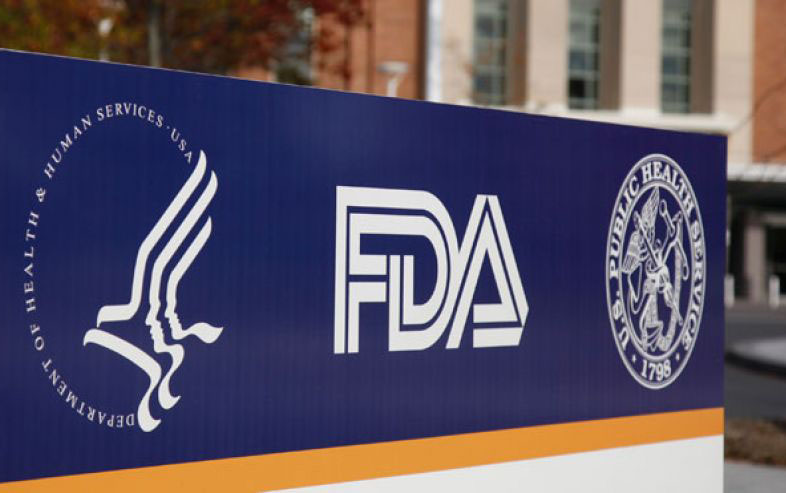To provide reference for the improvement and development of medical device labels and manuals in China, this article uses the content translation and analysis methods according to the guidelines for medical device labels and instructions issued by the US Food and Drug Administration website, and introduces the US medical device labels and instructions. Guiding principles, including definitions, safety and effectiveness considerations, intended use, contraindications, warning instructions, precautions, special applicable groups, adverse events, prescription devices, etc. China should learn from the FDA's management experience, classify and manage prescription and over-the-counter devices, and establish relevant guidelines to ensure the safe and effective use of medical devices. Medical device instructions, labels and packaging labels (hereinafter collectively referred to as medical device labels) are carriers that reflect the basic information such as the safety and effectiveness of medical devices and the main technical features, to guide the correct installation, commissioning and use of medical devices, directly related to the use of medical devices. Safe and effective. Medical device use errors are directly related to medical device labels, especially instructions and precautions. And some surveys show that about 40% of medical device adverse event reports are due to medical device use errors], so the importance of medical device labels can be seen. The US Food and Drug Administration (hereinafter referred to as the FDA) has specified the requirements for labeling of drugs and medical devices as early as 1938, and issued guidelines for regulatory agencies on the basis of laws and regulations. (Device Labeling Guidance) to guide FDA staff in assessing the safety and effectiveness of medical device launches. This paper introduces and analyzes the guiding principles of medical device labeling in the United States, with a view to providing reference for the supervision and technical review of medical device labeling in China. 1 background 1.1 US legal document category The legal documents related to medical devices in the United States are broadly classified into three categories: the laws approved by the Congress (Acts); the federal regulations issued by the various administrative departments of the federal government; and the guidelines developed by the FDA. Among them, laws and federal regulations are legal requirements that enterprises must abide by, and are legally mandatory; and the guiding principles for enterprises are usually of a recommendation and guidance nature, and are used by FDA internal staff or enterprises for reference. The guidelines for labeling medical devices are drafted by the FDA's Center for Devices and Radiation Health (CDRH), the Labeling regulatory requirements for medical device issued in 1989 and the medical device labels and instructions issued in 1991. Device Labeling Guidance. 1.2 Overview of the Guiding Principles The medical device label and instructions are one of the “Medical Device Guidelines Milestone Programs†initiated by the FDA in 1991, code #G91-1. The primary purpose of this guiding principle is to provide a formal document for CDRH medical device review experts for the review of medical device product submissions, especially for pre-market review. The content of this document revolves around how to ensure the adequacy and conformity of medical device label information, and therefore also applies to the company's preparation for registration. 2 Introduction to medical device labels and instructions 2.1 Definition 2.1.1 Medical device label (Label, Labeling). Medical device labels are divided into two types, one is called "Label", which refers to the direct contact with the writing, printing, and drawing on the body of the medical device; the other is called "Labeling", including all Labels, instructions, and Other writing materials, printed matter, and drawings attached to medical device products. Labeling is defined to cover Label. Medical device instructions are not formally defined in US regulations and are part of the label. The specifications, labels and packaging labels specified in China are all in the scope of Labeling, but the scope of labeling for US regulations is larger, including all advertisements and promotional materials. 2.1.2 Intended use. The intended use is the objective intent of the person responsible for the medical device label. The scope of the intended use appears in the logo, instructions, advertisements, oral and written instructions of the legally responsible person or his representative. The manufacturer, packaging company, distributor or operator of the medical device must provide sufficient indication of the intended use of the device. 2.1.3 Adequate instructions. The “instructions†in the logo should ensure that the average user or the layman (1ayman) can safely use the instrument and achieve the intended use of the device. This includes: Intended use and applicable environment; Applicability of patients of different ages and physical conditions; Frequency and duration of use; Prompt attention, warning taboos, and adverse events; Equipment maintenance cycle and other considerations; Application method or method; Preparations necessary before use. Sample Release Reagent Kit Of COVID-19 The Sample Release Reagent Kit is intended for the pre-treatment of the samples to be tested. The substances to be tested in the specimens can be released from other substances to facilitate the use of in vitro diagnostic reagents or instruments. DNA release reagent,RNA release reagent,viral release reagent,virus release reagent,sample release reagent kit Shenzhen Uni-medica Technology Co.,Ltd , https://www.unimed-global.com
Protein structure is rapidly destroyed by denaturation and biochemical reagents, releasing the nucleic acid.
What enlightenment should China get from FDA management experience?
Next Article
Asparagus high folic acid content